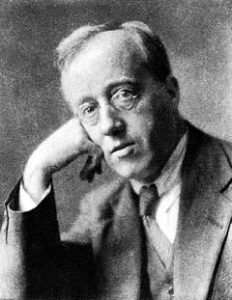 Gustav Holst was an English composer who wrote a very famous suite of music called The Planets over 100 years ago.
Gustav Holst was an English composer who wrote a very famous suite of music called The Planets over 100 years ago.
The Planets was made of of 7 movements (different pieces of music that connect together). Each movement was named after a different planet and a different mood or characteristic Holst associated with that planet.
The Planets was written to be played by a full orchestra. Holst used the different sounds made possible by all the instruments in the orchestra to give each movement of The Planets a very different mood and feeling.

Mars: god of war
The first movement of Holst’s The Planets is called MARS: The Bringer of War. The planet Mars is named after the ancient Roman god of war, which was Holst’s inspiration for the mood of this movement.
Watch this video of MARS: The Bringer of War performed by the National Youth Orchestra of Great Britain (made up of students aged 13-19 years old). Do you think this music is a good fit for a “bringer of war”?
click here for the video if you are having trouble playing it on my website.

Venus: goddess of love
The second movement is called VENUS: The Bringer of Peace. The planet Venus is named after the ancient Roman goddess of love.
Watch the same orchestra perform VENUS: The Bringer of Peace. What differences do you notice between this movement and the first one?
click here for the video if you are having trouble playing it on my website.
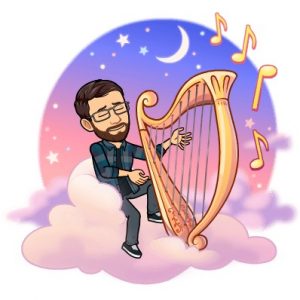 Listening Questions: Please answer these in Teams or in an email to me.
Listening Questions: Please answer these in Teams or in an email to me.
- What did you notice about the “mood” of each movement?
- Are there any instruments that you hear more or less of in each movement?
- How are the dynamics (loud/soft) or tempo (fast/slow) different for each movement?
- Does anything else catch your attention? What else did you notice that was different or similar between the two movements?
If it is helpful for question #2, here is a website to review the instruments of the orchestra: https://www.mydso.com/dso-kids/learn-and-listen/instruments
If you are feeling super keen or just need an excellent soundtrack to put on while doing your other homework, here is the complete performance of all 7 movements of The Planets by Holst, plus an extra movement for Pluto written over 80 years later by another composer named Colin Matthews: https://www.youtube.com/watch?v=be7uEyyNIT4
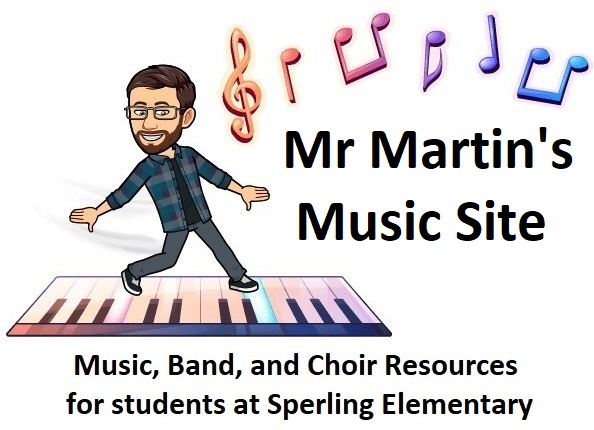
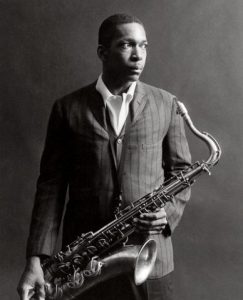
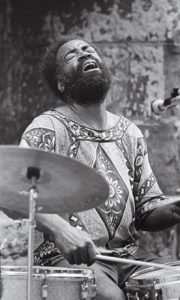

 Gustav Holst was an English composer who wrote a very famous suite of music called The Planets over 100 years ago.
Gustav Holst was an English composer who wrote a very famous suite of music called The Planets over 100 years ago.

 Listening Questions: Please answer these in Teams or in an email to me.
Listening Questions: Please answer these in Teams or in an email to me.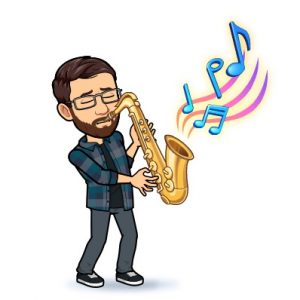 Obective: write at least of verse of your own blues lyrics, and submit to me on Teams or by e-mail.
Obective: write at least of verse of your own blues lyrics, and submit to me on Teams or by e-mail.